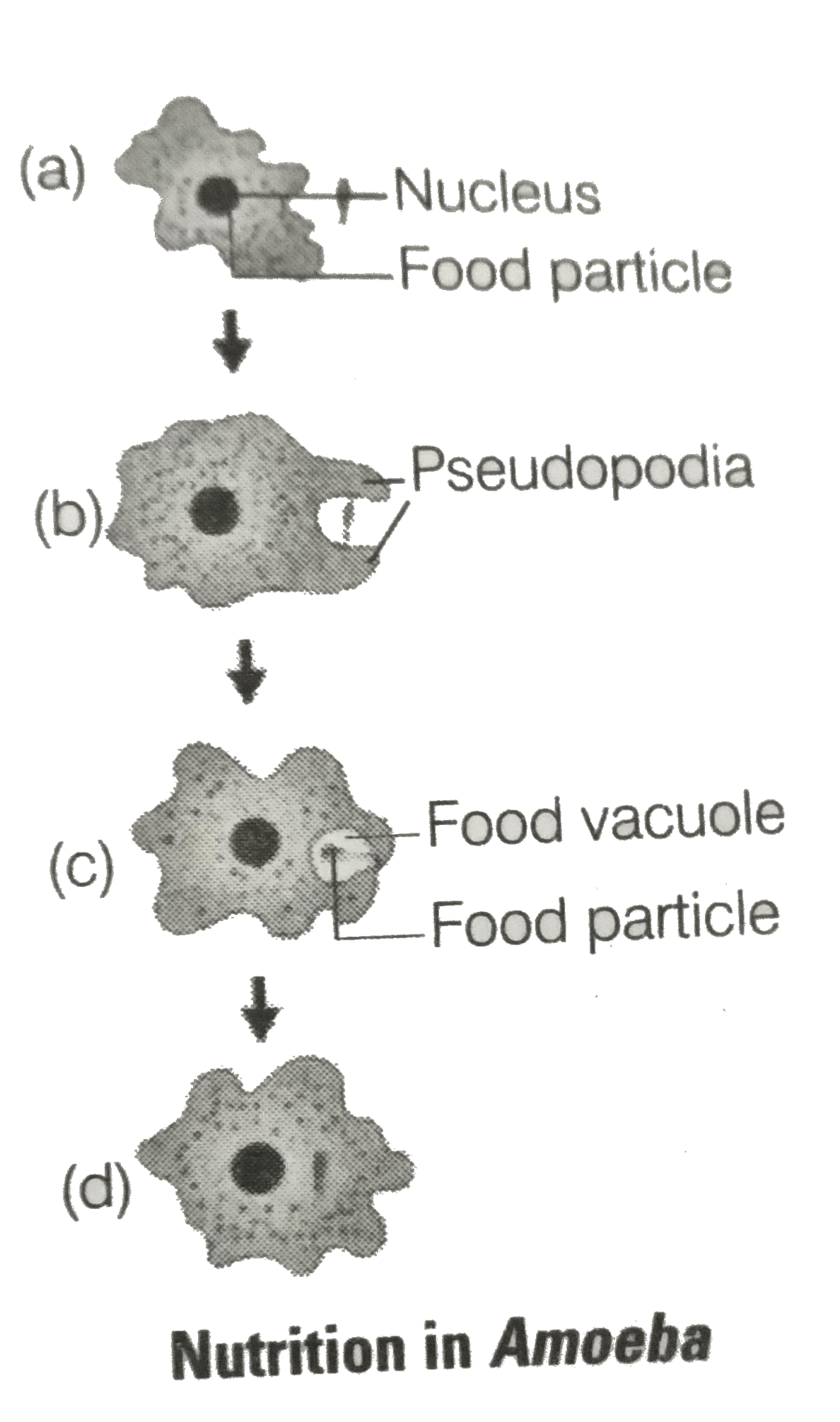Explain Osteoporosis.
The correct Answer is:B
Step-by-Step Solution for Explaining Osteoporosis:
Step 1: Definition and Nature of Osteoporosis
- Osteoporosis is primarily defined as an age-related bone disorder. It predominantly affects older individuals, especially post-menopausal women.
Step 2: Bone Mass Decrease
- One of the key characteristics of osteoporosis is the drastic decrease in bone mass. This reduction in bone density leads to weakened bones.
Step 3: Calcium Levels in Bones
- The decrease in bone mass is often associated with inadequate calcium levels in the bones. Calcium is crucial for maintaining bone strength and density.
Step 4: Increased Risk of Fractures
- Due to the decreased bone mass and weakened structure, individuals with osteoporosis have a significantly increased risk of fractures, even from minor falls or injuries.
Step 5: Hormonal Influence
- Estrogen, a hormone that plays a vital role in bone health, significantly influences the development of osteoporosis. Lower levels of estrogen, particularly during menopause, can lead to an increased risk of developing this condition.
Step 6: Gender and Age Factors
- Women, especially those who are post-menopausal, are at a higher risk of developing osteoporosis due to the decline in estrogen levels associated with aging.
Step 7: Visual Comparison
- A visual representation can help illustrate the difference between healthy bones and those affected by osteoporosis. Healthy bones have a higher density, while osteoporotic bones show lower density and structural integrity.
Step 8: Conclusion
- In summary, osteoporosis is a serious condition characterized by decreased bone mass and density, increased fracture risk, and is heavily influenced by hormonal changes, particularly in older women.
- Osteoporosis is primarily defined as an age-related bone disorder. It predominantly affects older individuals, especially post-menopausal women.
- One of the key characteristics of osteoporosis is the drastic decrease in bone mass. This reduction in bone density leads to weakened bones.
- The decrease in bone mass is often associated with inadequate calcium levels in the bones. Calcium is crucial for maintaining bone strength and density.
- Due to the decreased bone mass and weakened structure, individuals with osteoporosis have a significantly increased risk of fractures, even from minor falls or injuries.
- Estrogen, a hormone that plays a vital role in bone health, significantly influences the development of osteoporosis. Lower levels of estrogen, particularly during menopause, can lead to an increased risk of developing this condition.
- Women, especially those who are post-menopausal, are at a higher risk of developing osteoporosis due to the decline in estrogen levels associated with aging.
- A visual representation can help illustrate the difference between healthy bones and those affected by osteoporosis. Healthy bones have a higher density, while osteoporotic bones show lower density and structural integrity.
- In summary, osteoporosis is a serious condition characterized by decreased bone mass and density, increased fracture risk, and is heavily influenced by hormonal changes, particularly in older women.
Topper's Solved these Questions
- MORPHOLOGY OF FLOWERING PLANTS BOOK - AAKASH SERIESCHAPTER - MORPHOLOGY OF FLOWERING PLANTS EXERCISE - EXERCISE - I (Flower)
28 Videos
- MORPHOLOGY OF FLOWERING PLANTS BOOK - AAKASH SERIESCHAPTER - MORPHOLOGY OF FLOWERING PLANTS EXERCISE - EXERCISE - I (Fruit)
66 Videos
- MICROBES IN HUMAN WELFARE BOOK - AAKASH SERIESCHAPTER - MICROBES IN HUMAN WELFARE EXERCISE - EXERCISE-III (Previous AIPMT/NEET Questions)
25 Videos
- REPRODUCTION IN ORGANISMSBOOK - AAKASH SERIESCHAPTER - REPRODUCTION IN ORGANISMSEXERCISE - Exercise-III (previous AIPMT/NEET Questions)
19 Videos
Similar Questions
Knowledge Check
Explain the Osmosis
AMovement of water from their lower concentration to their higher concentration through a semipermeable membrane.BMovement of solutes from their lower concentration to their higher concentration through a semi permeable membrane.CMovement of water from their higher concentration to their lower concentration through a semi permeable membrane.DMovement of water from their higher concentration to their lower concentration through a freely permeable membrane.Explain the Osmosis
AMovement of water from their lower concentration to their higher concentration through a semi permeable membrane.BMovement of solutes from their lower concentration to their higher concentration through a semi permeable membrane.CMovement of water from their higher concentration to their lower concentration through a semi permeable membrane.DMovement of water from their higher concentration to their lower concentration through a freely permeable membrane.Explain the Osmosis
AMovement of solute molecules through a semi-permeable membrane from region of their higher concentration to the lower concentration region.BMovement of solvent molecules through a semi-permeable membrane from region of their higher concentration to the lower concentration region.CMovement of solvent molecules through a semi-permeable membrane from region of their lower concentration to the higher concentration regionDMovement of solute molecules through a semi-permeable membrane from region of their lower concentration to the higher concentration region.
A person having osteoporosis is suffering from lead poisoning. Ethlene diamine tetra acetic acid (EDTA) is administered for this condition. The best form of EDTA to be used for such administration is -
View SolutionExplain the process of nutrition in Amoeba.

View SolutionGive the cause and one symptom of the following diseases:
Osteoporosis
View SolutionAssertion:−In osteoporosis bone mass decreased and chances of fractures increased.
Reason :− Decreased level of estrogen is a common cause of osteoporosis.
View SolutionMention a cause and symptoms of each :
(a) Osteoporosis
(b) Tetany.
View Solution
